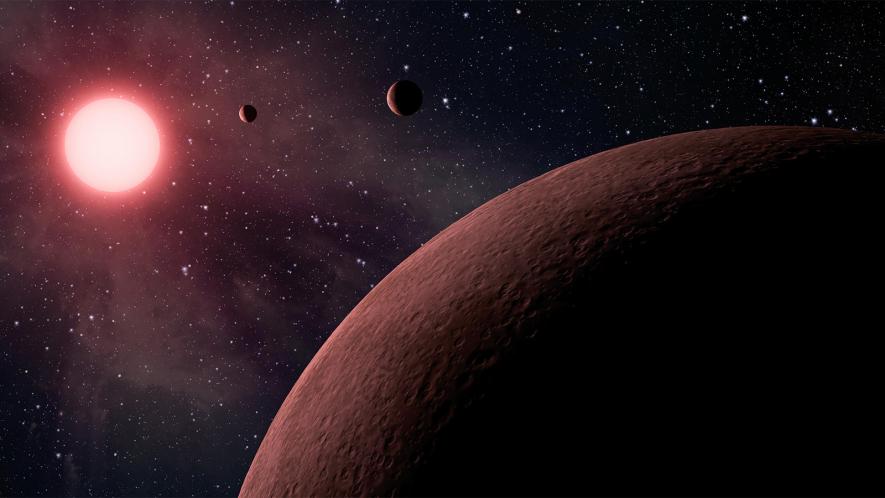20 New Worlds Discovered Which Could Host Life

Credits: NASA/JPL
20 new exoplanets have been discovered which could have conditions habitable for life. Planets in the solar system orbit our friendly, neighbourhood star, the sun. An exoplanet orbits a star which is not the sun. We have been discovering more and more such planets since the launch of NASA’s Kepler Mission in 2009. A lot of these planets are similar to our home, Earth, in terms of their distance from their star, their size, and other traits, which make them potential hosts for life.
The biggest question astronomy and astrophysics is faced with is if there is life outside of earth. While we still don’t have evidence of that being the case, we are making discoveries which make it quite likely that there should be alien lifeforms.
Among these newly discovered exoplanets, the one showing the most promising signs of life is called KOI-7923.01. It is roughly the same size as Earth (97% of Earth’s size), and takes a similar amount of time to complete an orbit around its star (395 days, about a month longer than Earth’s orbit around the Sun). In terms of temperature, it is slightly colder than our home, resembling our planet’s tundra regions more. The colder temperature is because KOI is a little far from its star, and because its star is also relatively colder than the Sun. It is, however, warm enough to be able to hold liquid water, one of the most essential ingredients for known life.
Beta Pictoris b, an exoplanet, orbiting its star. This planet is about 63 light years away from Earth. Credits: Jason Wang (UC Berkeley)/Gemini Planet Imager Exoplanet Survey
Data gathered by NASA’s Kepler mission was responsible for this discovery. The mission was launched eight years ago for the specific purpose of staring at 150,000 stars, and looking for signs of planets orbiting these stars. It has been quite successful. In early 2015, the Kepler telescope discovered the 1000th confirmed exoplanet. Till date, it has found 2,337 confirmed exoplanets.
Abel Mendez, director of the Planetary Habitablility Lab at Arecibo Observatory in Puerto Rico, said the 20 new exoplanets are amongst the most favourable life hosts because of their long years and sun-like stars.
Just seven months ago, a system of seven near earth-sized exoplanets orbiting a nearby star, Trappist-1, was discovered. In September, evidence was found of those planets having water.
Extrapolating on the currently available data, scientists estimate that there could be more than 10 billion Earth-like planets in our galaxy alone. While a lot of these planets could have some or the other characteristic making them unsuitable for life, it is possible that we are a part of a large family.
Get the latest reports & analysis with people's perspective on Protests, movements & deep analytical videos, discussions of the current affairs in your Telegram app. Subscribe to NewsClick's Telegram channel & get Real-Time updates on stories, as they get published on our website.





















